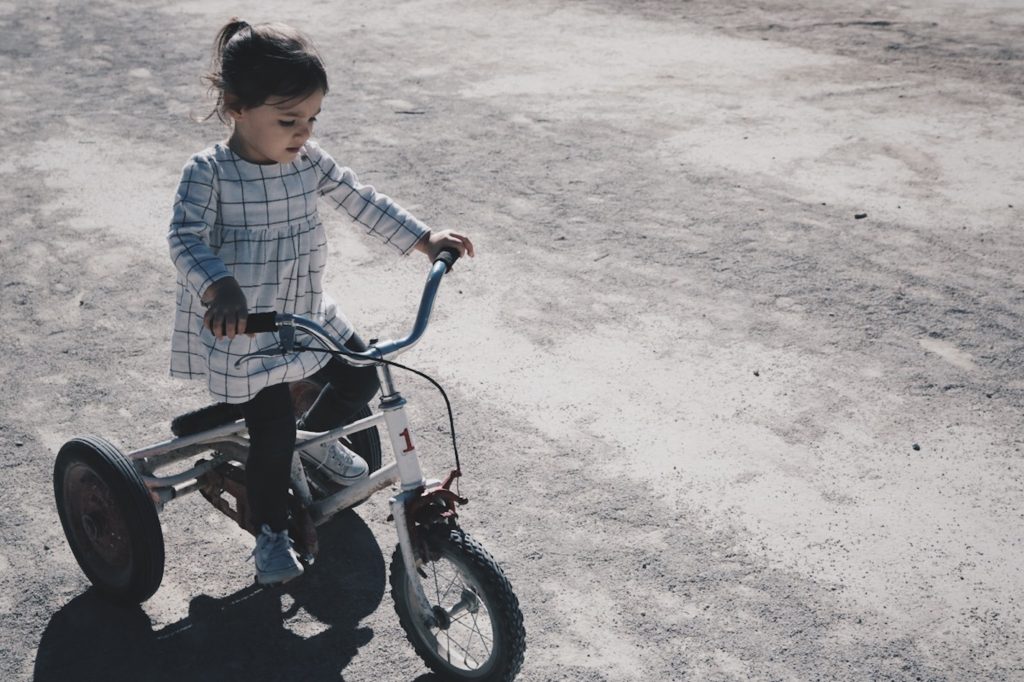In the dynamic world of child development, play is more than just fun – it’s a critical avenue for learning and growth. Among the many types of play, ride-on toys stand out for their multifaceted benefits in nurturing cognitive, physical, and social skills in young children. In this comprehensive exploration, we’ll delve into how ride-on toys contribute to holistic child development.
The Role of Play in Child Development
Cognitive Growth
Play serves as a powerful tool for cognitive growth. Through play, children engage with their surroundings, experiment with cause and effect, and develop essential problem-solving skills that lay the foundation for later learning.
Motor Skill Development
Physical activity plays a pivotal role in motor skill development. Fine and gross motor skills evolve through play experiences, enabling children to refine their hand-eye coordination, grasp, and physical dexterity.
Understanding Ride-On Toys
Types of Ride-On Toys
Ride-on toys encompass a diverse range, from classic tricycles and scooters to modern electric cars. This variety ensures that children can find options that resonate with their interests and preferences.
Versatility and Appeal
Ride-on toys boast versatility that encourages imaginative play. They become vehicles for adventure, allowing children to embark on journeys and create narratives while engaging their bodies and minds.
Physical Development
Gross Motor Skills
Ride-on toys stimulate gross motor skills, requiring children to use large muscle groups for propulsion, steering, and navigation. These physical actions contribute to the development of strength and coordination.
Balance and Coordination
Maintaining balance while riding enhances children’s proprioceptive sense and coordination. Over time, they learn to control their movements and adapt to changing terrains.
Cognitive and Emotional Growth
Spatial Awareness
Navigating ride-on toys enhances spatial awareness. Children intuitively gauge distances, avoid obstacles, and refine their perception of space through active play.
Problem-Solving Abilities
Ride-on toys present challenges that encourage problem-solving. Negotiating obstacles, making turns, and maneuvering require quick thinking and adaptability.
Confidence Building
Mastering the art of riding instills a sense of accomplishment and confidence. The gradual progression from wobbly beginnings to confident control nurtures a positive self-image.
Social Interaction and Communication
Group Play and Sharing
Ride-on toys often attract group play, fostering social interaction and cooperation. Children learn to share, take turns, and negotiate play scenarios.
Language Development
Group play involving ride-on toys facilitates communication. Children engage in conversations, negotiations, and role-playing, contributing to language development.
Choosing the Right Ride-On Toy
Age Appropriateness
Selecting a ride-on toy that suits a child’s age and developmental stage ensures safety and optimal engagement. It’s essential to consider factors such as size, complexity, and physical demands.
Safety Features
Prioritize ride-on toys with appropriate safety features, including sturdy construction, secure seating, and easy-to-use controls.
Incorporating Ride-On Toys into Playtime
Outdoor Exploration
Ride-on toys are perfect for outdoor adventures. They encourage children to explore their environment, appreciate nature, and engage in physical activity.
Indoor Fun and Creativity
Even indoors, ride-on toys offer creative opportunities. Children can transform living spaces into imaginative landscapes, fostering creativity and cognitive flexibility.
Parental Involvement and Supervision
Active Participation
Parental involvement enhances the play experience. Joining children in their ride-on adventures strengthens bonds and models positive play behavior.
Safety Monitoring
While ride-on toys offer numerous benefits, safety remains a priority. Parents should supervise play, ensure appropriate safety gear, and establish play boundaries.
Long-Term Impact on Child Development
The impact of ride-on toys extends beyond immediate playtime. The skills developed during ride-on play, such as motor skills, problem-solving, and social interaction, lay a sturdy foundation for lifelong learning and development.
Conclusion
Ride-on toys emerge as more than just vehicles of fun; they are vehicles of growth and development. From enhancing physical skills to nurturing cognitive abilities and fostering social connections, these toys offer an array of benefits that contribute to well-rounded child development.
FAQs
- At what age can children start using ride-on toys?
Generally, children can start using ride-on toys around the age of 1 to 2 years, depending on their physical development. - Do ride-on toys have educational value?
Yes, ride-on toys contribute to various aspects of child development, including motor skills, problem-solving, and social interaction. - Can ride-on toys be used indoors?
Absolutely. While outdoor play is beneficial, ride-on toys can also be enjoyed indoors, offering creative and active play opportunities. - Are ride-on toys safe for children?
When chosen and used appropriately, ride-on toys are safe. It’s important to follow manufacturer guidelines, provide proper supervision, and use safety gear. - How can parents encourage safe play with ride-on toys?
Parents can establish safe play areas, ensure children wear helmets and protective gear, and teach them basic rules of riding and sharing.


